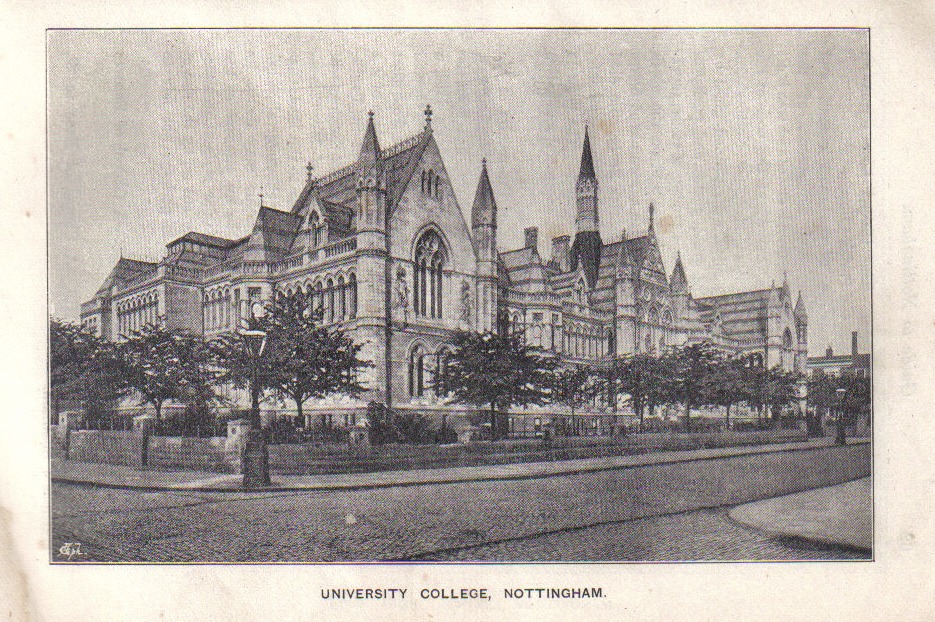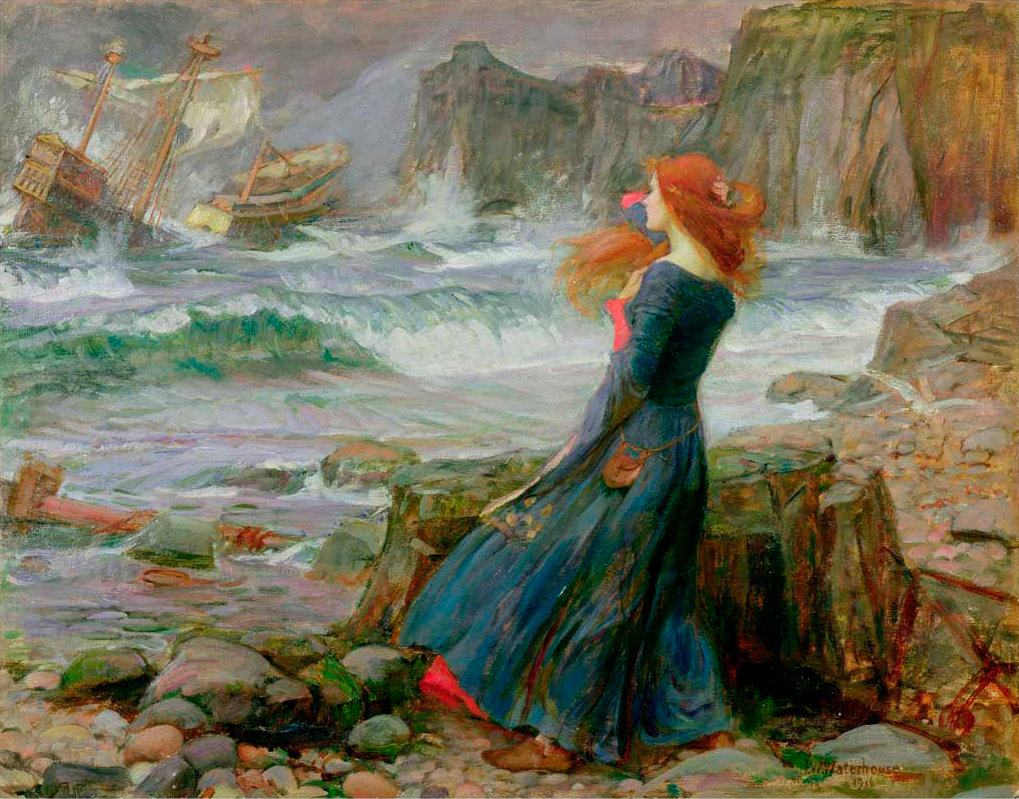Trinity Christian College Association IRS 990 2024: Net Assets $49,917,552
Standards Illinois | Martin & Janet Ozinga Chapel | Illinois Building Codes
Illinois v. Rodriguez, 497 U.S. 177 (1990)
James Lindsay on Marx, Education, and the History of “Woke”
Each semester, Trinity’s Education Department hosts the Educational Commissioning and Celebration. This special event recognizes the accomplishments of program completers. While surrounded by their family and friends, program completers are honored for their hard work,… pic.twitter.com/FBq0NCxSPe
— Trinity Christian College (@TrinityTroll) July 26, 2025























